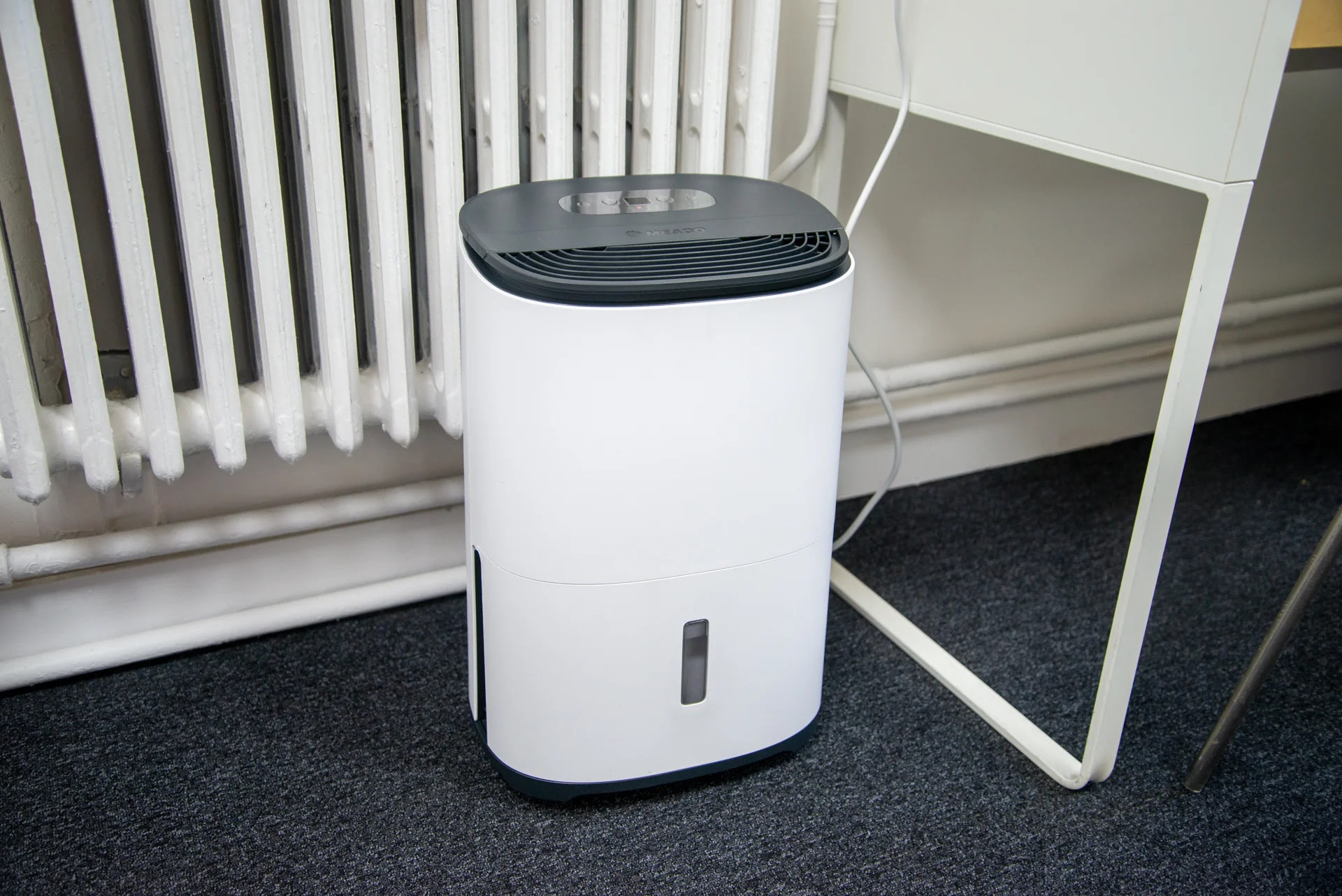

Articles
When To Use A Dehumidifier
Modified: August 28, 2024
Discover the benefits of using a dehumidifier with these informative articles. Find out when and where to use a dehumidifier for optimal results.
(Many of the links in this article redirect to a specific reviewed product. Your purchase of these products through affiliate links helps to generate commission for Storables.com, at no extra cost. Learn more)
Introduction
Welcome to the world of dehumidifiers, where we explore the importance of managing humidity levels in our homes and the benefits of using a dehumidifier. Whether you live in a humid climate or experience high moisture levels due to specific circumstances, a dehumidifier can be a game-changer for maintaining a comfortable and healthy living environment.
Humidity is the amount of moisture present in the air, and it plays a crucial role in our overall comfort and well-being. Excessive humidity can lead to a variety of problems, including mold growth, musty odors, and damage to furniture and electronics. By controlling the humidity level in your home or office, you can create a space that keeps you and your belongings in optimal condition.
In this article, we will delve into the signs that indicate you may need a dehumidifier, the benefits of using one, the different types of dehumidifiers available, and how to choose the right one for your needs. We will also explore best practices for using a dehumidifier and provide tips for its maintenance and care.
So, whether you are dealing with a damp basement, excessive condensation on windows, or simply want to ensure a comfortable living space, let’s dive into the world of dehumidifiers and discover how they can improve your indoor air quality and make a significant difference in your daily life.
Key Takeaways:
- Recognize signs of high humidity, such as mold, musty odors, and condensation, to determine when to use a dehumidifier and create a healthier living environment.
- Choosing the right dehumidifier based on capacity, noise level, and energy efficiency, and following best practices for usage and maintenance can optimize its effectiveness and ensure a comfortable indoor space.
Read more: How To Use Dehumidifier For Basement
Understanding Humidity Levels
Before we discuss the significance of using a dehumidifier, it’s essential to understand the concept of humidity levels. Humidity is measured in terms of the amount of water vapor present in the air. It is expressed as a percentage, known as relative humidity (RH).
The ideal relative humidity for human comfort typically falls between 40% to 60%. Anything above this range is considered high humidity, while levels below 40% are categorized as low humidity.
In regions with high humidity, it can often feel uncomfortable due to the excessive moisture in the air. High humidity not only affects our comfort but can also have adverse effects on our health and living environment. Excessive moisture promotes the growth of mold, mildew, and dust mites, leading to respiratory issues and allergies.
On the other hand, low humidity levels can also pose problems. Dry air can cause skin dryness, irritation, and respiratory issues, especially during the winter months when indoor heating systems further deplete moisture from the air.
By understanding the optimal humidity range, you can assess whether the humidity levels in your home are within the desired range or not. Monitoring humidity levels is crucial to maintaining a healthy and comfortable indoor environment.
Investing in a hygrometer, a device used to measure humidity levels, can help you determine the current relative humidity in your home. This will allow you to make informed decisions about whether a dehumidifier is necessary.
Now that we have a basic understanding of humidity levels, let’s explore the signs that indicate you may need a dehumidifier.
Signs That You Need a Dehumidifier
Excessive moisture in your home can present itself in various forms, and recognizing these signs is crucial in determining whether you need a dehumidifier. Here are some common indications that you may benefit from adding a dehumidifier to your space:
- Visible mold or mildew: If you notice black spots on walls, ceilings, or other surfaces, it is a strong sign of a moisture problem. Mold and mildew thrive in humid environments, so investing in a dehumidifier can help prevent their growth.
- Musty odors: Lingering musty or damp smells in your home often indicate excessive moisture. These odors can be especially noticeable in basements, bathrooms, or areas with poor ventilation.
- Condensation on windows: If you frequently see water droplets or fog buildup on your windows, it is a clear sign of high humidity levels. This condensation occurs when warm, moist air comes into contact with a cooler surface.
- Difficulty controlling indoor temperature: High humidity can make it challenging to regulate indoor temperature. The added moisture can make the air feel warmer than it actually is and lead to increased energy usage for cooling.
- Warping or damage to furniture and wood structures: Excessive moisture can cause wood to warp, paint to peel, and furniture to deteriorate. If you notice these issues in your home, it may be a result of high humidity levels.
- Increased presence of allergens: Dust mites, mold spores, and other allergens thrive in humid environments. If you or your family members experience allergy symptoms such as sneezing, coughing, or respiratory issues, it could be a sign of high humidity.
If you identify any of these signs in your home, it may be time to consider using a dehumidifier to tackle the excess moisture. By addressing high humidity levels, you can create a healthier and more comfortable living environment. In the next section, we will explore the benefits of using a dehumidifier.
Benefits of Using a Dehumidifier
A dehumidifier is a valuable investment that can provide a range of benefits for your home and well-being. Let’s explore some of the advantages of using a dehumidifier:
- Prevents mold and mildew: One of the primary benefits of a dehumidifier is its ability to control and reduce moisture levels, which helps prevent the growth of mold and mildew. By maintaining optimal humidity, you can protect your home from damage and ensure a healthier living environment.
- Improves indoor air quality: Excessive humidity can contribute to poor indoor air quality, leading to a range of respiratory issues. By reducing moisture levels, a dehumidifier helps minimize the presence of allergens such as dust mites, mold spores, and pet dander, resulting in cleaner and fresher air.
- Enhances comfort: High humidity can make you feel sticky, uncomfortable, and even affect your quality of sleep. A dehumidifier helps create a more comfortable environment by reducing the moisture content in the air, allowing you to breathe easier and feel more at ease.
- Protects belongings: Excessive moisture can damage furniture, books, artwork, and other valuable items. By maintaining proper humidity levels with a dehumidifier, you can safeguard your belongings and extend their lifespan.
- Reduces odors: Musty and damp odors are often associated with high humidity. A dehumidifier helps eliminate these unpleasant smells by removing excess moisture from the air, resulting in a fresher and more inviting environment.
- Saves energy: High humidity can make your air conditioning system work harder to cool the air, leading to increased energy consumption and higher utility bills. By using a dehumidifier to reduce humidity levels, you can enhance the efficiency of your cooling system and potentially save on energy costs.
Whether you live in a humid climate or are dealing with specific moisture issues in your home, a dehumidifier offers numerous benefits for your comfort, health, and overall well-being. In the next section, we will explore the different types of dehumidifiers available to help you choose the right one for your needs.
Different Types of Dehumidifiers
Dehumidifiers come in various types, each designed to cater to different needs and environments. Understanding the different types can help you select the most suitable dehumidifier for your specific requirements. Here are the most common types of dehumidifiers:
- Refrigerative/Compressor-based dehumidifiers: These dehumidifiers work by drawing in moist air and passing it over cooled coils. The moisture condenses on the coils, and the resulting water is collected in a reservoir. Refrigerative dehumidifiers are effective in moderate to high humidity conditions, making them suitable for most residential applications.
- Desiccant dehumidifiers: Desiccant dehumidifiers use a desiccant material like silica gel or lithium chloride to absorb moisture from the air. They are ideal for reducing humidity at lower temperatures or in colder environments, making them suitable for basements, crawl spaces, and garages. Desiccant dehumidifiers are generally quieter and more energy-efficient than compressor-based models.
- Whole-house dehumidifiers: Unlike portable units, whole-house dehumidifiers are integrated into the HVAC system. They are designed to dehumidify the entire house, delivering consistent humidity control throughout the living space. These dehumidifiers are typically more expensive and require professional installation, but they offer convenience and comprehensive moisture control.
- Mini dehumidifiers: Mini dehumidifiers are compact, portable units that are suitable for small spaces like closets, bathrooms, or RVs. They are designed to remove moisture in small quantities and are a convenient solution for targeted dehumidification.
When selecting a dehumidifier, consider factors such as the size and layout of the area you want to dehumidify, the specific humidity levels you need to control, and your budget. It’s also essential to check the capacity of the dehumidifier, measured in pints per day, to ensure it can effectively remove moisture from your space.
Now that we have explored the different types of dehumidifiers, let’s proceed to the next section, where we will discuss how to choose the right dehumidifier for your needs.
A dehumidifier is most effective in areas with high humidity levels, such as basements, bathrooms, and laundry rooms. It can also help prevent mold and mildew growth in these areas.
Read more: How Much Power Does A Dehumidifier Use
How to Choose the Right Dehumidifier for Your Needs
Choosing the right dehumidifier is crucial to ensure effective and efficient moisture control in your living space. Consider the following factors when determining which dehumidifier is best suited for your needs:
- Size and capacity: The size of the area you want to dehumidify will determine the capacity (measured in pints per day) you require in a dehumidifier. Larger spaces or areas with high humidity levels will need a higher capacity dehumidifier to effectively remove moisture. It’s important to match the capacity of the dehumidifier to the specific needs of your space.
- Humidity level control: Some dehumidifiers offer adjustable humidity level control, allowing you to set your desired relative humidity. This feature is particularly useful if you want precise control over the moisture levels in your home. Consider whether this is an important feature for you.
- Noise level: If you plan to use the dehumidifier in living areas or bedrooms, consider the noise level of the unit. Look for models that have a low noise output or offer a quiet mode to ensure minimal disruption to your daily activities or sleep.
- Portability: If you intend to move the dehumidifier around different areas of the house, look for portable models that are lightweight and easy to transport. Features like casters or integrated handles can make it convenient to reposition the dehumidifier as needed.
- Energy efficiency: Energy-efficient dehumidifiers can help reduce operating costs and minimize environmental impact. Look for Energy Star certified models that have been independently tested and proven to meet strict efficiency standards.
- Additional features: Consider any additional features that might be beneficial for your needs, such as a built-in humidistat, digital controls, auto-shutoff when the reservoir is full, or a continuous drainage option. These features can enhance the convenience and functionality of the dehumidifier.
Additionally, it is recommended to read reviews, compare different brands and models, and consult with professionals or experts if necessary. They can provide valuable insights and guidance in choosing the right dehumidifier for your specific requirements.
Now that you have a better understanding of how to select the right dehumidifier for your needs, let’s move on to the next section, where we will explore best practices for using a dehumidifier.
Best Practices for Using a Dehumidifier
Using a dehumidifier correctly can maximize its effectiveness and ensure optimal performance. Here are some best practices to follow when using a dehumidifier:
- Positioning: Place the dehumidifier in a central location within the area you want to dehumidify. Ensure that it has enough clearance around it for proper airflow.
- Set the humidity level: Adjust the dehumidifier’s settings to the desired humidity level. Aim for a relative humidity level between 40% to 60% for optimal comfort and to prevent mold and mildew growth.
- Regularly empty and clean the reservoir: If your dehumidifier has a water collection reservoir, make sure to empty it regularly to avoid overflow. Additionally, clean the reservoir according to the manufacturer’s instructions to prevent bacteria or mold buildup.
- Consider continuous drainage: Many dehumidifiers offer the option for continuous drainage. You can connect a hose to the dehumidifier and direct the water to a floor drain or sump pump. This eliminates the need for manual emptying of the reservoir.
- Keep doors and windows closed: To maintain consistent humidity levels, minimize the introduction of outside air. Keep doors and windows closed while the dehumidifier is running to prevent moisture from entering the space.
- Regular maintenance: Follow the maintenance recommendations provided by the manufacturer. This typically includes regularly cleaning or replacing the air filters and inspecting the unit for any signs of damage or wear.
- Use in conjunction with proper ventilation: While a dehumidifier helps remove excess moisture, it’s important to ensure proper ventilation in your home. Use exhaust fans in bathrooms and kitchens, open windows when weather permits, and ensure good airflow throughout the space.
- Monitor energy usage: If energy consumption is a concern, consider using the dehumidifier on a timer or adjusting the fan speed settings to strike a balance between energy efficiency and moisture removal.
By following these best practices, you can optimize the performance of your dehumidifier and maintain a healthy and comfortable indoor environment. Now, let’s move on to the next section to learn about maintenance and care tips for dehumidifiers.
Maintenance and Care Tips for Dehumidifiers
To ensure the longevity and efficient operation of your dehumidifier, regular maintenance and care are crucial. Here are some essential maintenance tips to keep your dehumidifier in excellent working condition:
- Clean or replace the filter: The air filter in your dehumidifier traps dust and debris from the air. Regularly clean or replace the filter according to the manufacturer’s instructions. A clogged or dirty filter can hinder the airflow and reduce the unit’s efficiency.
- Check for ice buildup: Ice buildup on the coils indicates a problem with the dehumidifier. If you notice ice forming, turn off the unit and allow it to thaw completely before resuming operation. Be sure to investigate the cause of the ice formation, as it may indicate an issue that needs to be addressed.
- Clean the coils and condensate tray: Over time, dust and debris can accumulate on the coils and inside the condensate tray. Regularly clean these components to maintain optimal performance. Use a soft brush and mild detergent to gently clean the coils and wipe down the condensate tray.
- Inspect the drain hose: If your dehumidifier has a drain hose for continuous drainage, ensure that it is free from kinks or blockages. Regularly inspect and clean the drain hose to ensure proper water flow.
- Keep the area around the dehumidifier clean: Dust and dirt in the surrounding area can find their way into the dehumidifier and affect its performance. Regularly vacuum and clean the area around the unit to minimize the introduction of dust and debris into the dehumidifier.
- Store properly when not in use: If you are not using the dehumidifier for an extended period, ensure that it is clean and dry before storing it. Remove any water from the reservoir and clean the filter. Store the unit in a dry and well-ventilated area to prevent mold growth or damage.
- Regularly check for leaks or unusual sounds: Periodically inspect the dehumidifier for any leaks or unusual sounds. If you notice any issues, promptly address them, or seek professional assistance if needed.
- Follow the manufacturer’s instructions: Always refer to the manufacturer’s instructions for specific maintenance guidelines and recommendations. They will provide detailed information on cleaning procedures, filter replacement, and any other maintenance requirements specific to your dehumidifier model.
By following these maintenance and care tips, you can ensure that your dehumidifier operates efficiently and effectively, providing optimal moisture control for your home. Regular maintenance not only extends the lifespan of the dehumidifier but also ensures a healthier and more comfortable living environment.
Now, let’s conclude this article and summarize the key points we have discussed.
Conclusion
Managing humidity levels in our homes is essential for maintaining a comfortable and healthy living environment. Excessive humidity can lead to issues like mold growth, musty odors, and damage to furniture and electronics. That’s where a dehumidifier comes in.
In this article, we explored the importance of understanding humidity levels and the signs that indicate the need for a dehumidifier. We discussed the benefits of using a dehumidifier, including preventing mold and mildew, improving indoor air quality, enhancing comfort, and protecting belongings.
We also delved into the different types of dehumidifiers available, such as refrigerative/compressor-based, desiccant, whole-house, and mini dehumidifiers. Understanding the strengths and features of each type can help you choose the right dehumidifier for your needs.
Furthermore, we provided best practices for using a dehumidifier, such as positioning it correctly, setting the humidity level, regularly maintaining and cleaning the unit, and using proper ventilation. Following these practices ensures optimal performance and efficiency.
Lastly, we highlighted the importance of regular maintenance and care for your dehumidifier. Cleaning or replacing the filter, checking for ice buildup, inspecting the drain hose, and keeping the surrounding area clean are all important steps to maintain the longevity and effectiveness of your dehumidifier.
Remember to consult the manufacturer’s instructions for specific maintenance guidelines and recommendations for your dehumidifier model.
By understanding the importance of managing humidity levels and implementing the use of a dehumidifier, you can create a healthier, more comfortable, and mold-free living environment. So, take control of excessive moisture in your home and enjoy the benefits that come with using a dehumidifier.
Thank you for reading, and we hope this article has provided valuable insights into the world of dehumidifiers.
Frequently Asked Questions about When To Use A Dehumidifier
Was this page helpful?
At Storables.com, we guarantee accurate and reliable information. Our content, validated by Expert Board Contributors, is crafted following stringent Editorial Policies. We're committed to providing you with well-researched, expert-backed insights for all your informational needs.

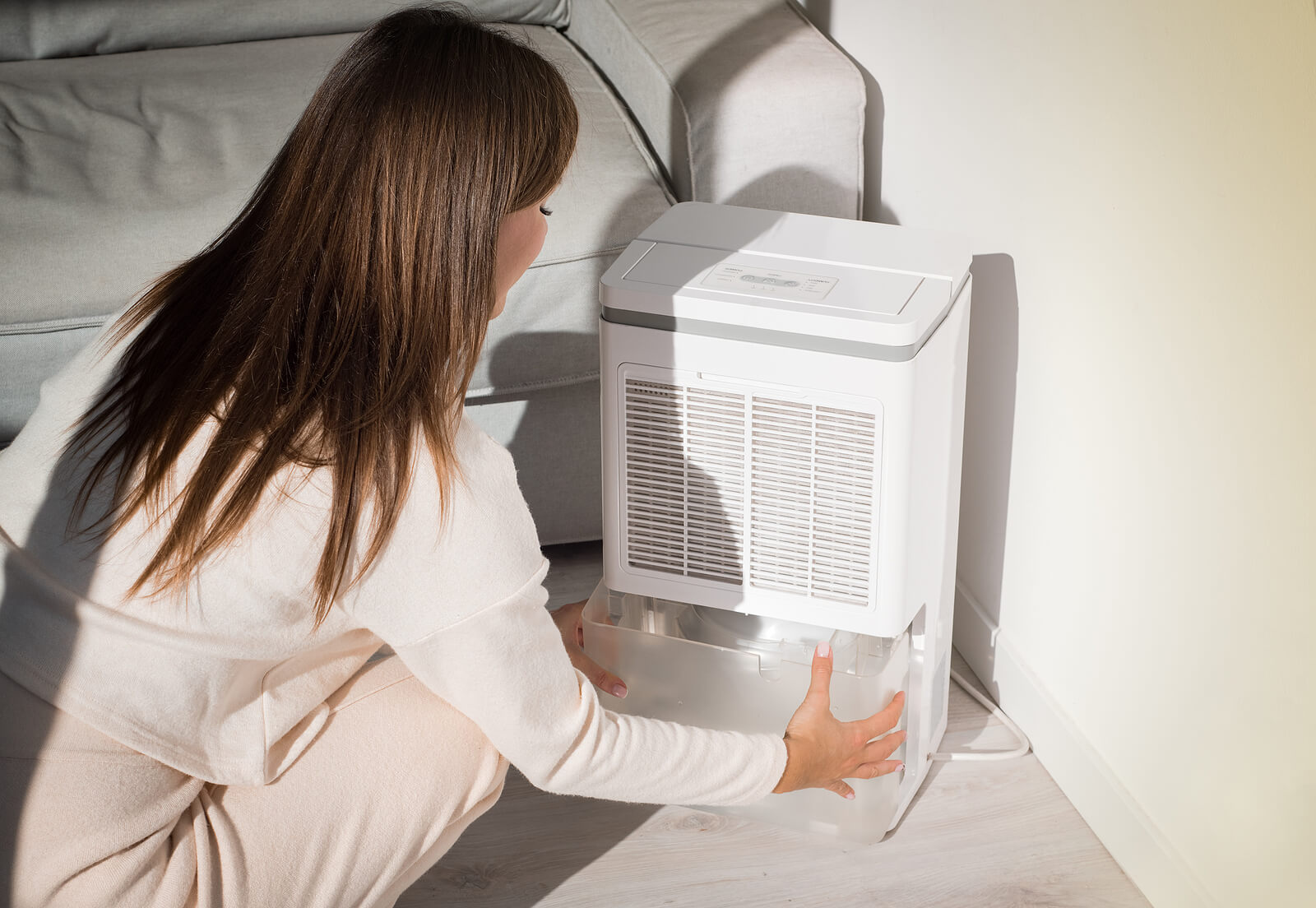
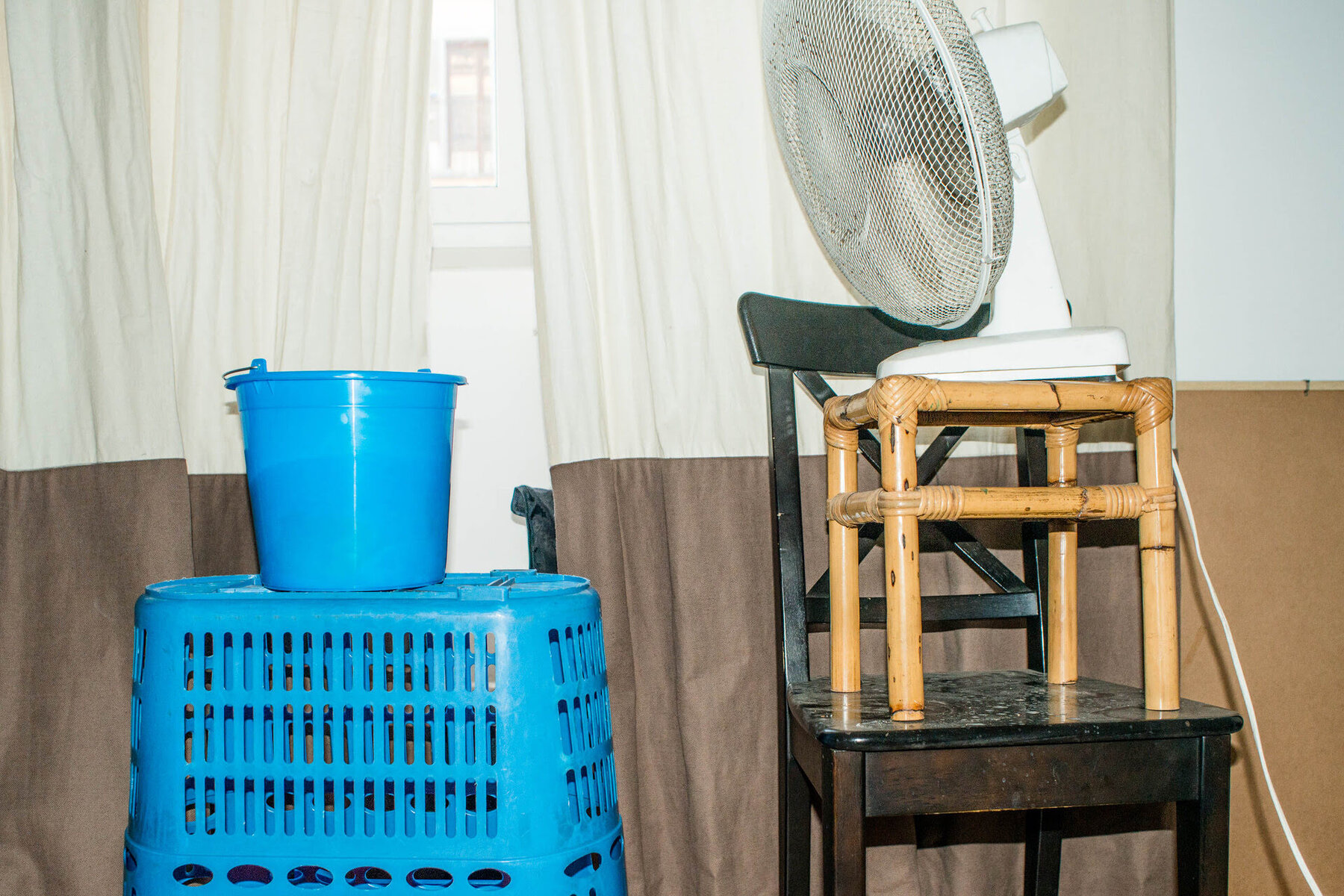
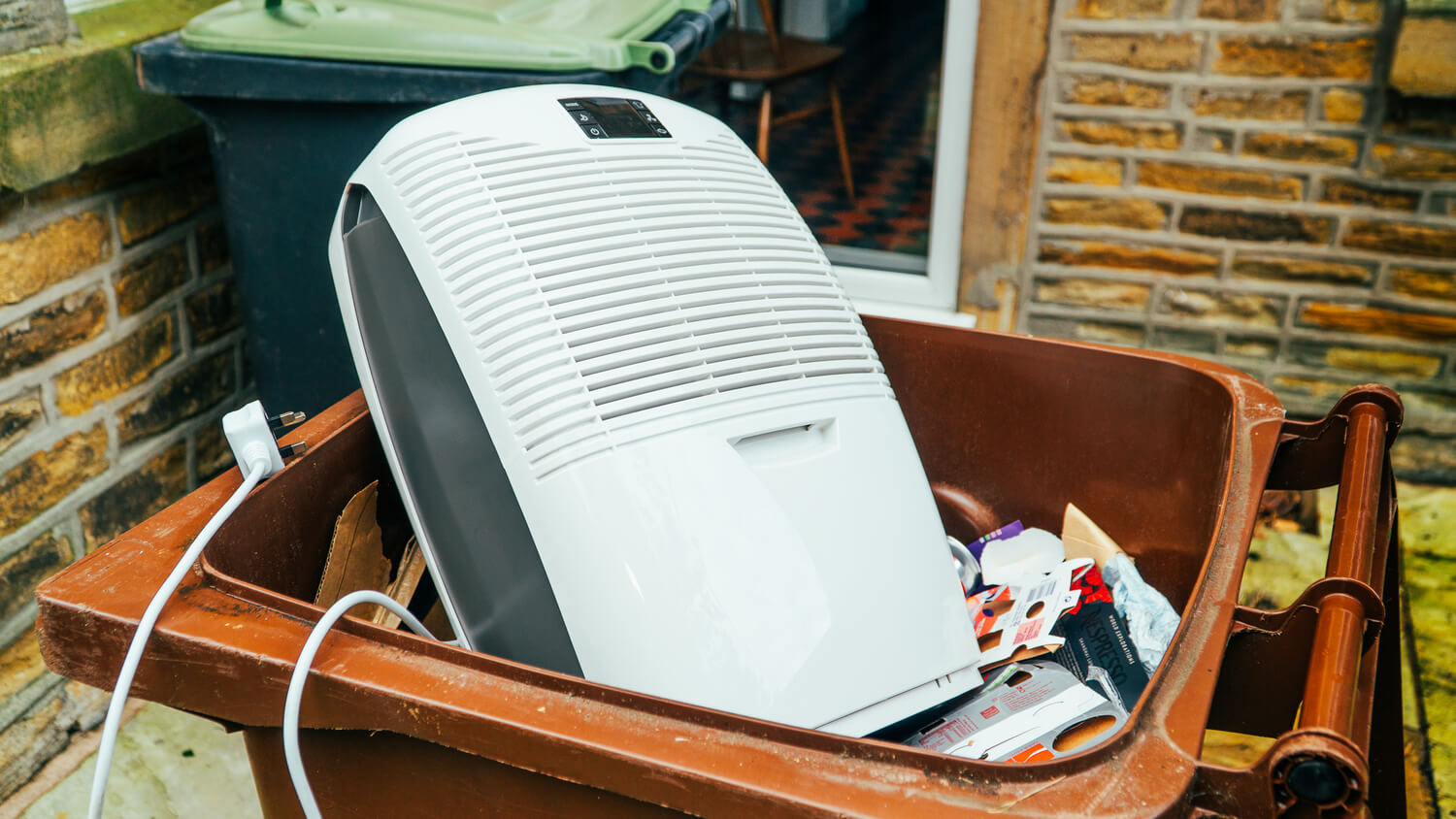
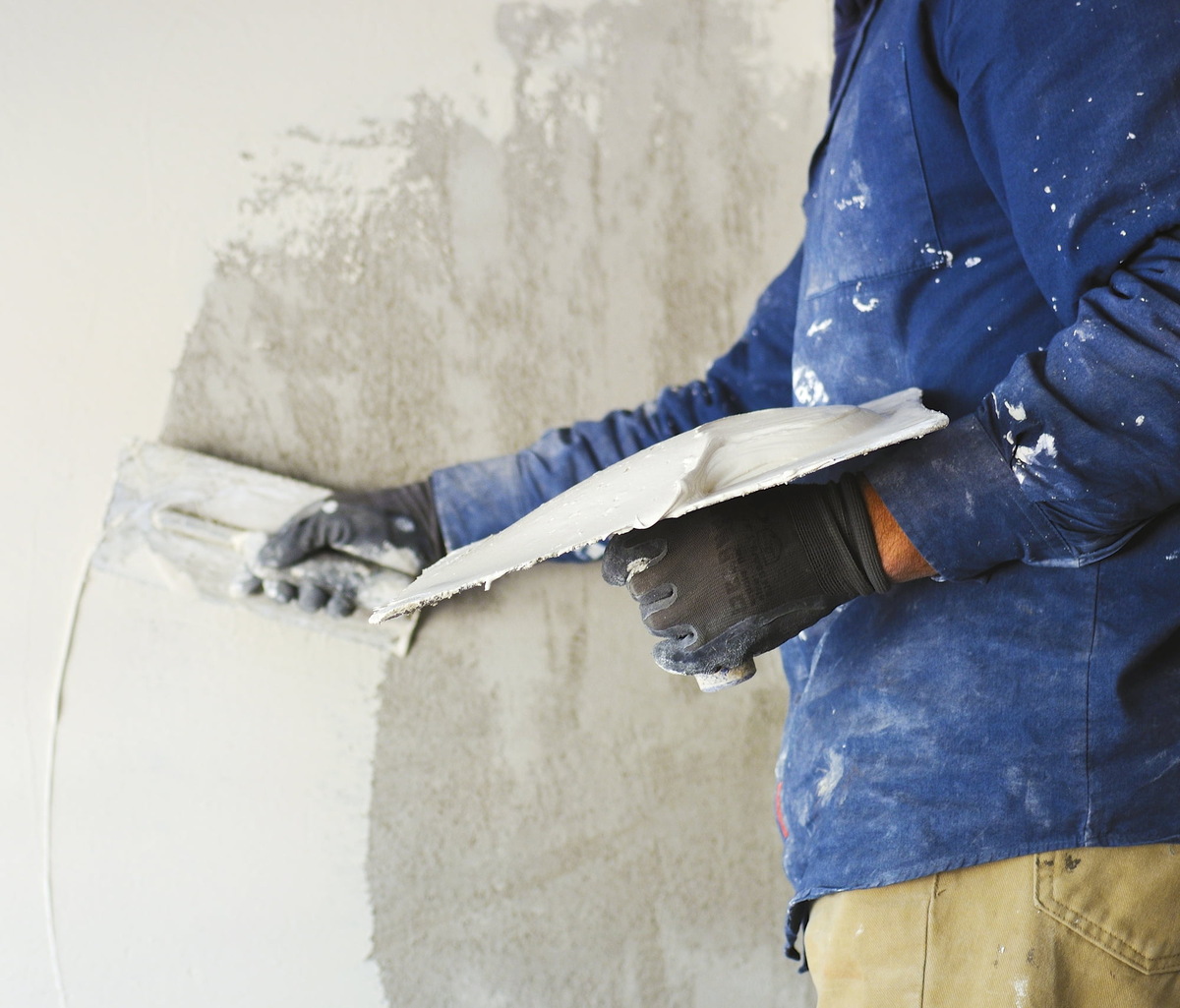


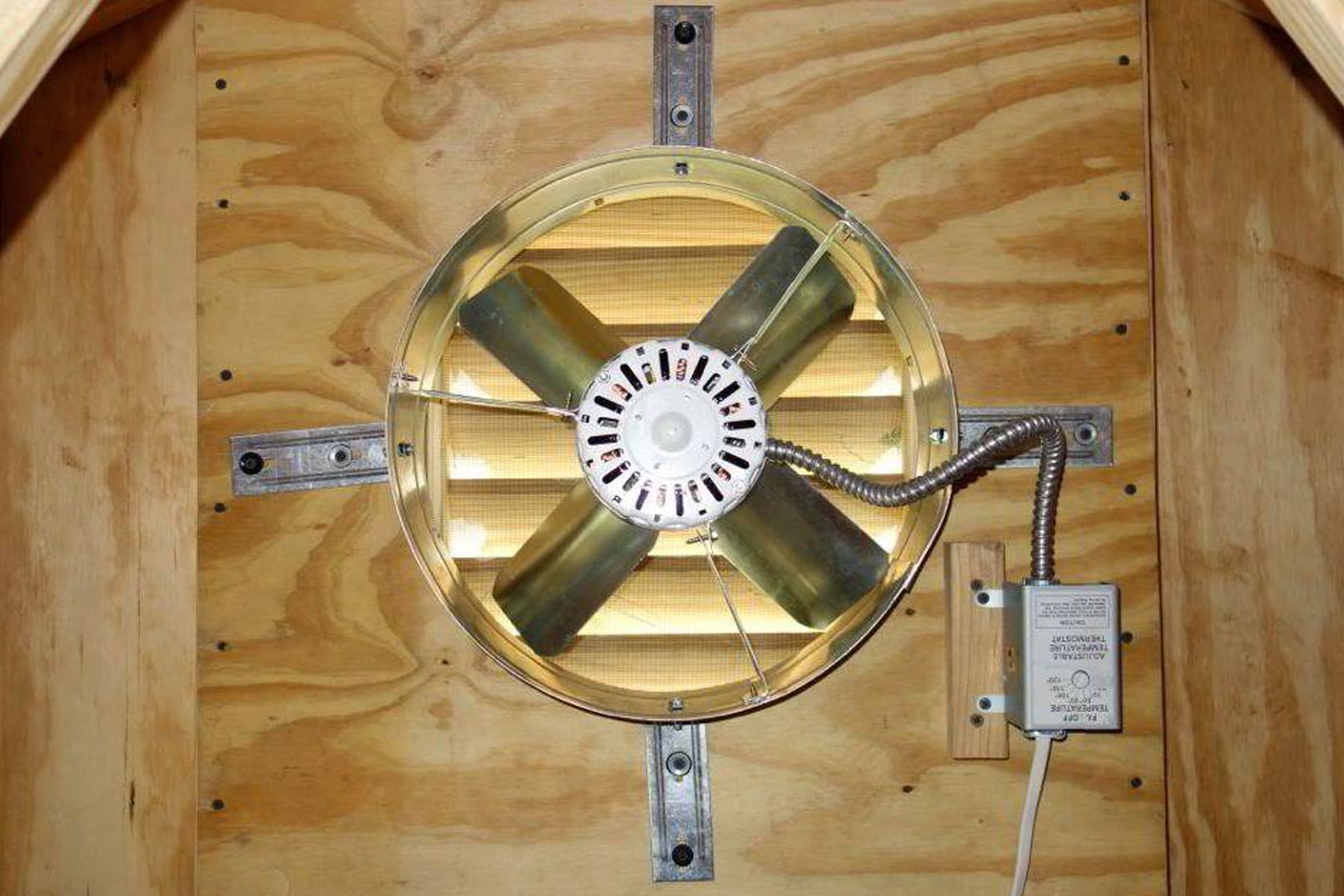
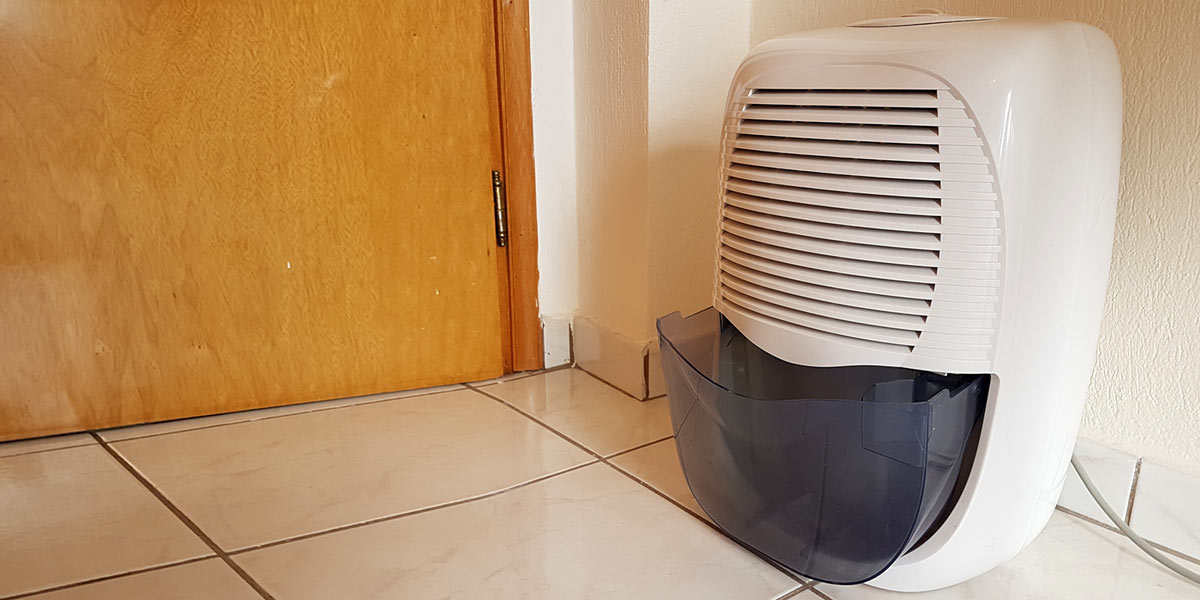
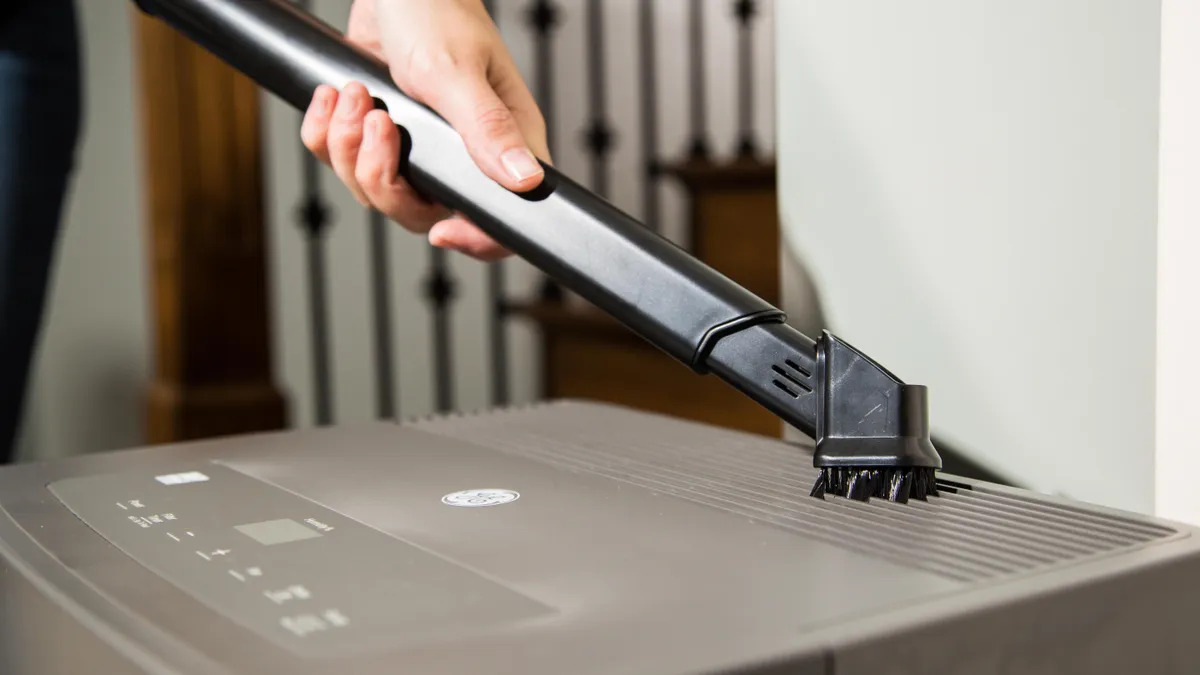
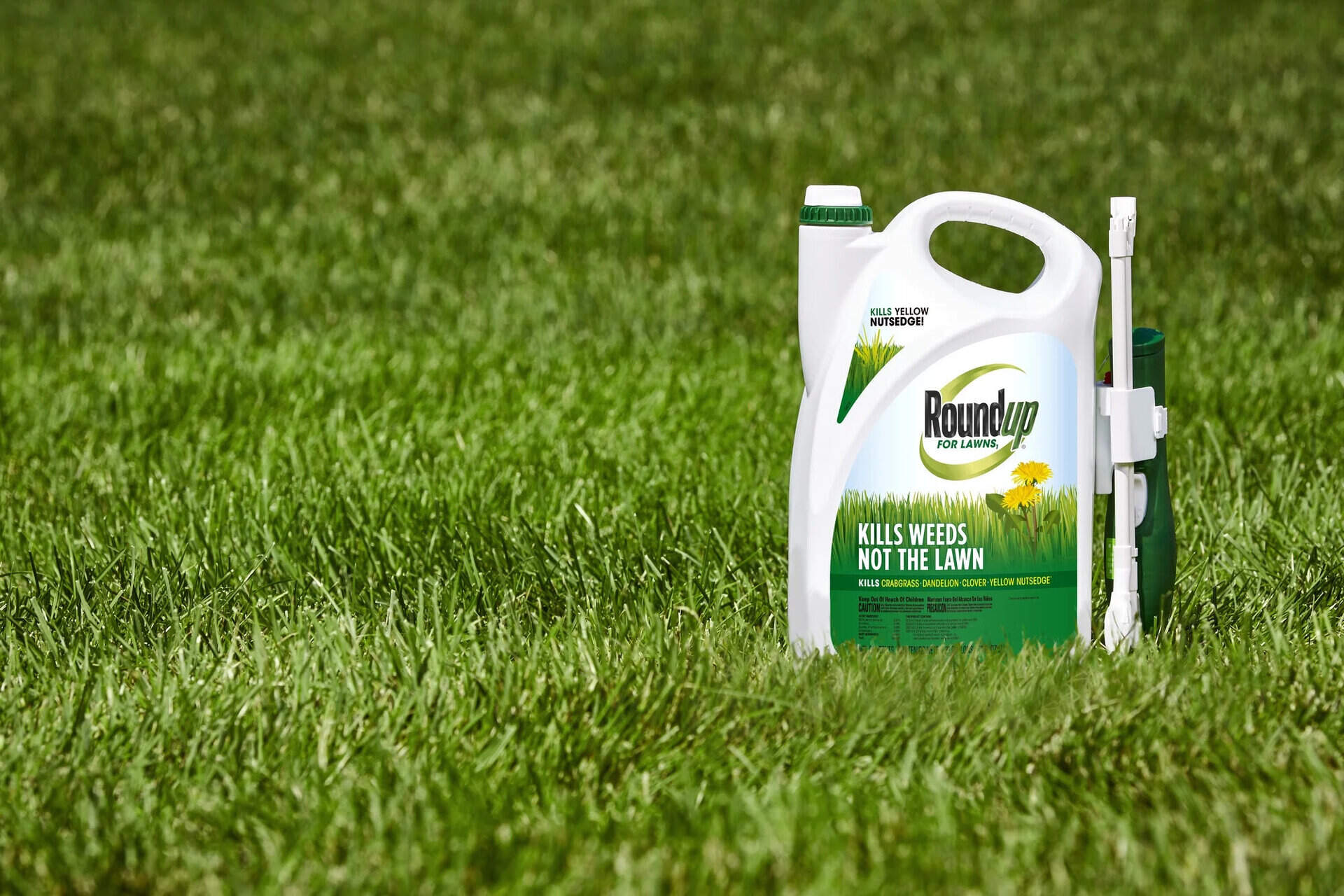
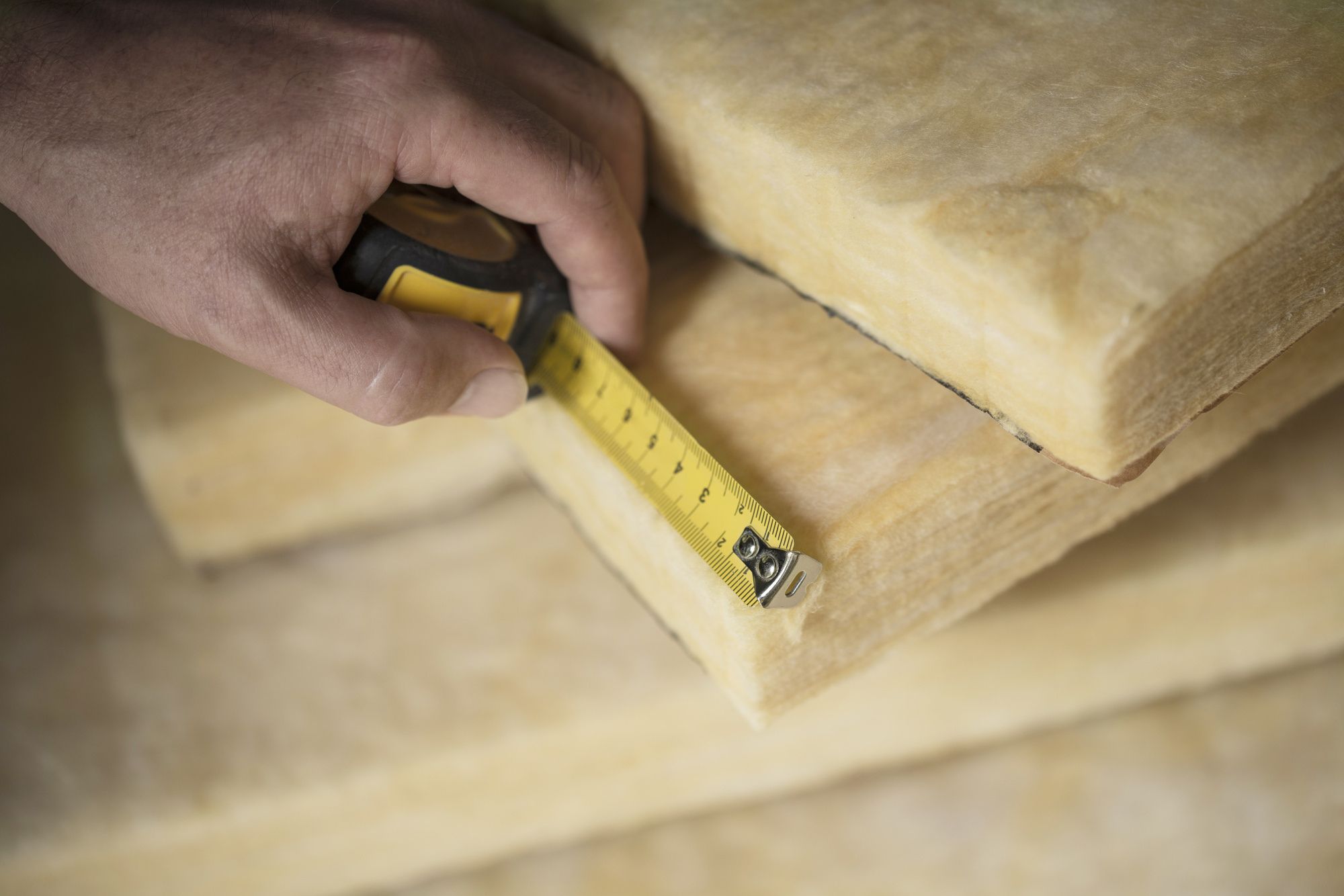
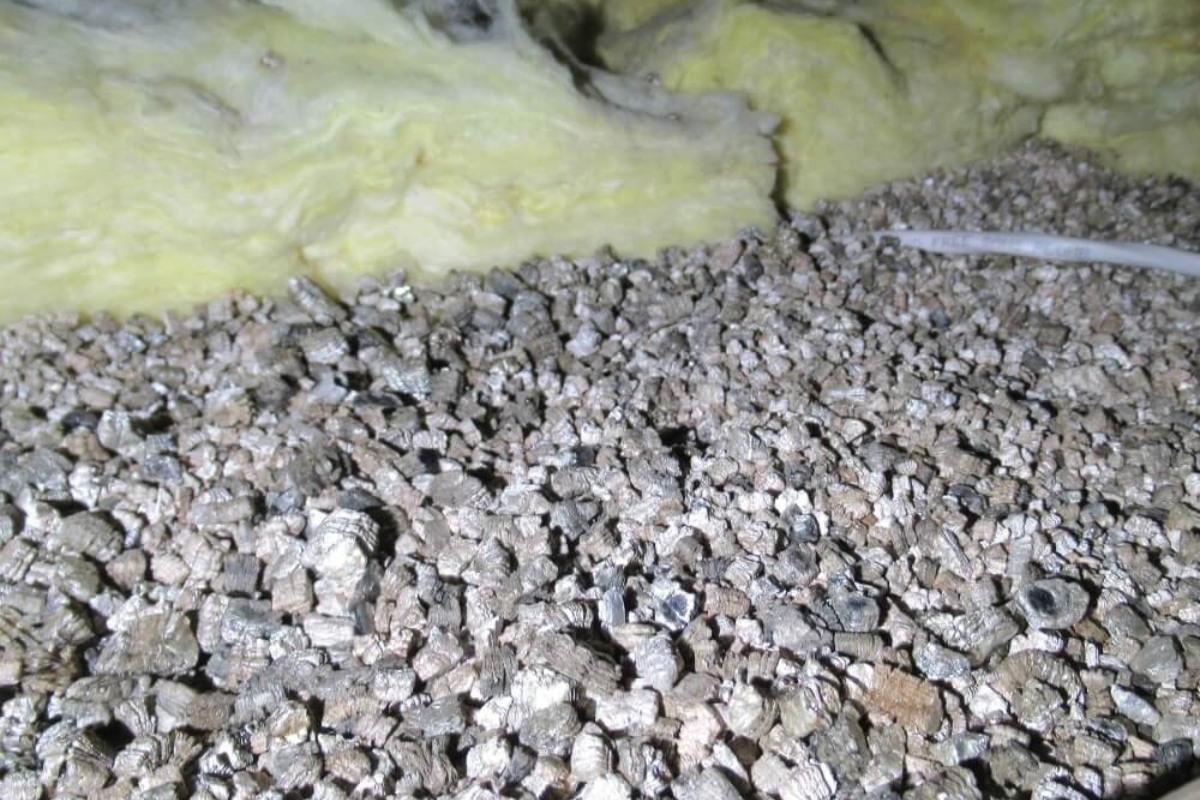
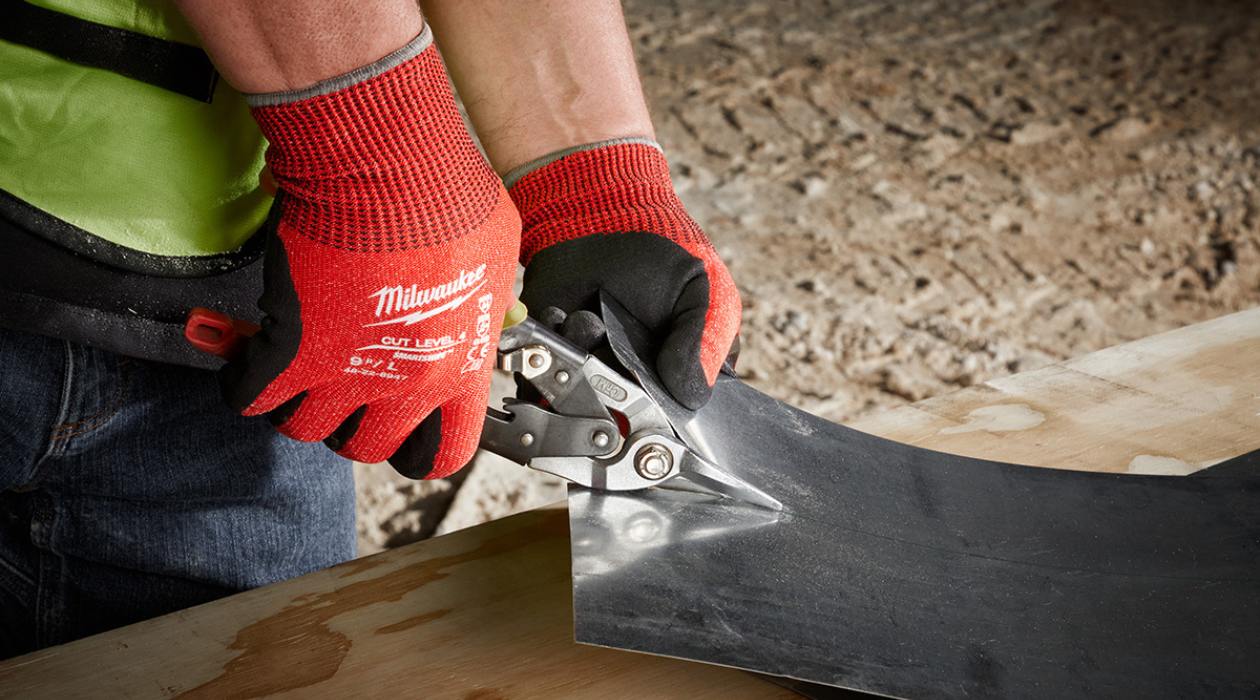

0 thoughts on “When To Use A Dehumidifier”